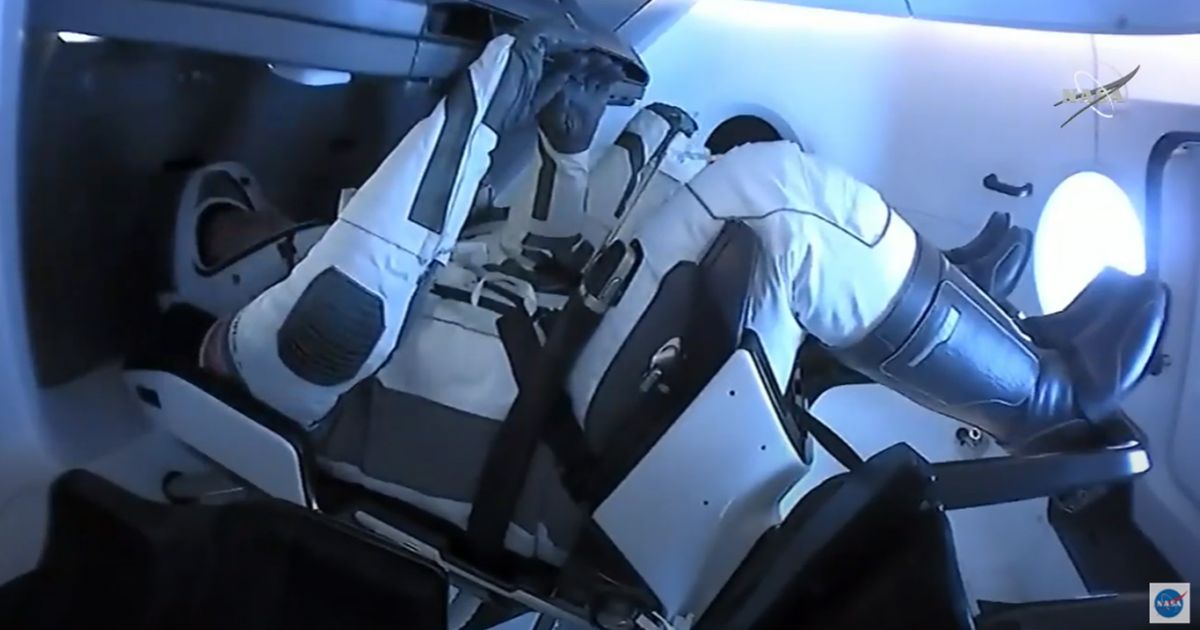
Back at the end of May, SpaceX became the first private company to launch NASA astronauts into space. Now, astronauts Bob Behnken and Doug Hurley are ready to come home.
In a process that kicked off on Saturday, Aug. 1, Behnken and Hurley made preparations for their return trip aboard the SpaceX Crew Dragon capsule that carried them to the International Space Station on May 30. The capsule’s Sunday afternoon touchdown will mark the end of the company’s first successful crewed mission.
You can watch NASA’s ongoing stream of the event right here:
[embedded content]
The two astronauts boarded the Crew Dragon capsule and secured themselves inside on Saturday afternoon. In the hours that followed, they undocked from the ISS and continued to orbit the Earth as the capsule slowly moved away from the station to prepare for a descent into the atmosphere.
The quiet period spanning Saturday night into Sunday afternoon will end shortly before 2:00 p.m. ET, when the capsule starts making its final descent back to Earth. During that final leg of the journey, the capsule will jettison unnecessary components (that burn up during re-entry) and, not long after, release a series of parachutes to keep the speed of the descent under control.
The capsule is expected to touch down somewhere off the coast of Florida, most likely in the Gulf of Mexico near Pensacola. A number of possible landing sites were selected, but with a hurricane (or a tropical storm at the very least) approaching Florida’s east coast, the Pensacola site made the most sense.
I see a hole and think we can hit that break in the clouds. In all seriousness, high pressure ridge is actually being held stationary over west Florida sites by this storm. So not intuitive, but Isaias may actually help make nice weather on landing a few hundred miles west. https://t.co/rNJQJygFIk
— Zebulon Scoville (@Explorer_Flight) August 1, 2020
How fast will the @SpaceX Dragon splash down?
The spacecraft’s parachutes will slow it down to about 15 mph (24 kph). That’s a slowdown from the 17,500 mph (25,000 kph) they were traveling while orbiting Earth. pic.twitter.com/NanuNZ5vvU
— NASA (@NASA) August 2, 2020
In a cool bit of trivia, NASA noted on Twitter that the landing marks the space agency’s first crew recovery at sea since 1975. This is also apparently the first astronaut landing ever in the Gulf of Mexico, as astronomer Jonathan McDowell told The Washington Post.
Expect that splashdown to occur at roughly 2:48 p.m. ET.
